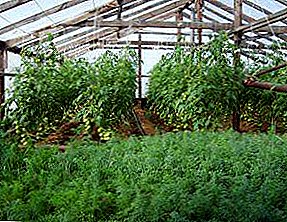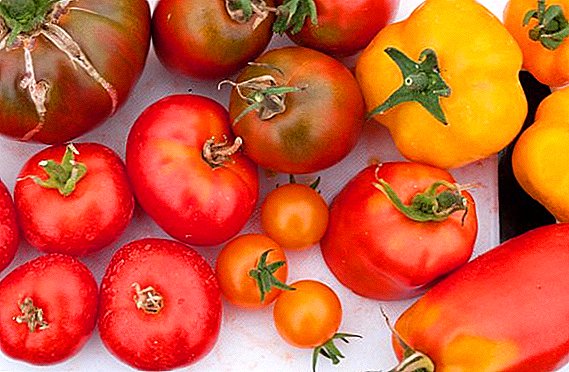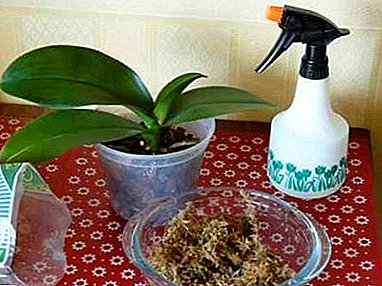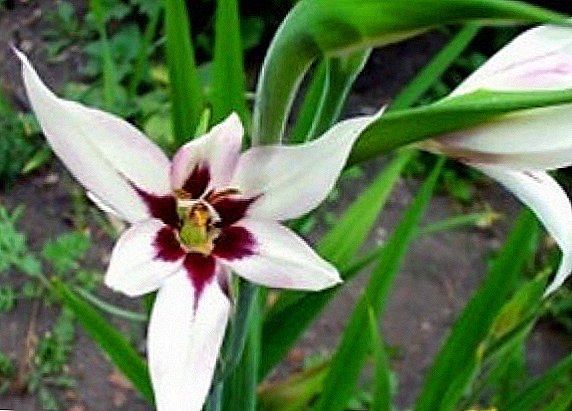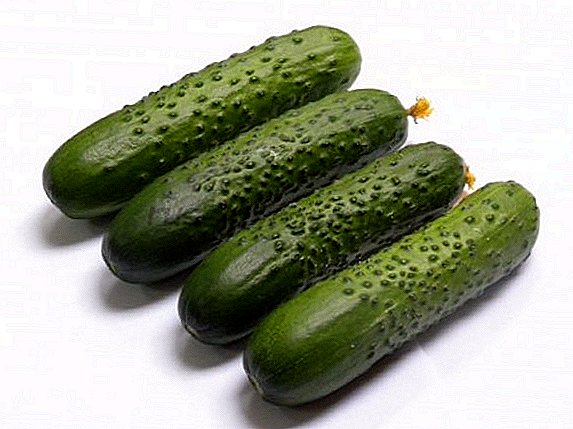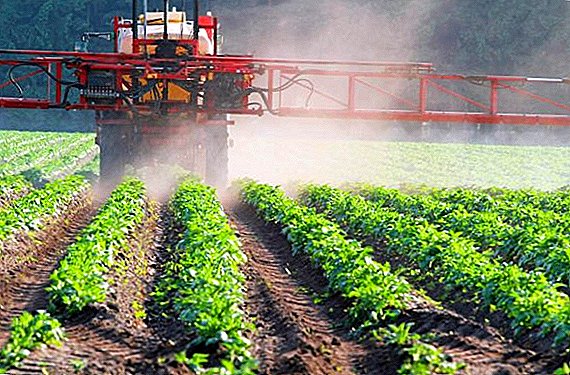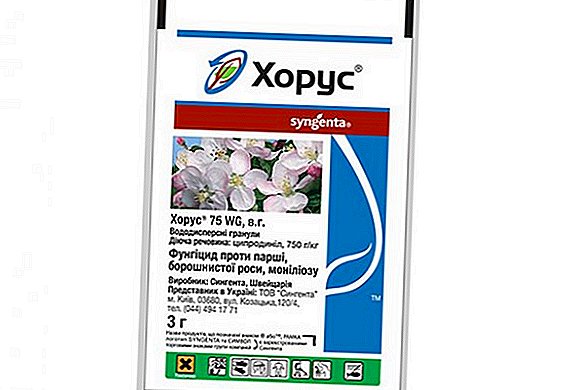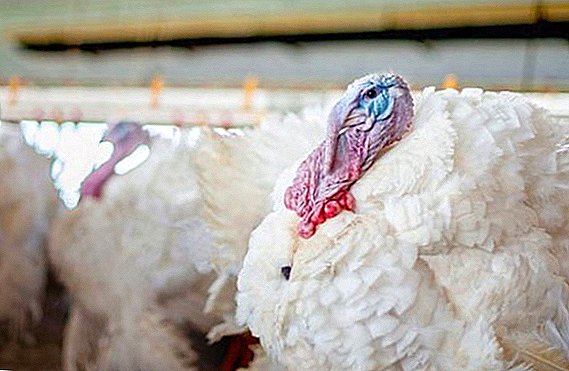 Poultry have breeds and crosses. These two words are often puzzled beginner poultry farmers. Let's see what the differences are between them. A breed is a collection of individuals of a certain species of animals, having common genetic characteristics that distinguish them from other representatives of this species.
Poultry have breeds and crosses. These two words are often puzzled beginner poultry farmers. Let's see what the differences are between them. A breed is a collection of individuals of a certain species of animals, having common genetic characteristics that distinguish them from other representatives of this species.
Characteristics are constant and inherited. The breed is the result of human mental and creative labor. Cross - these are hybrids of breeds and lines of poultry (layers, meat).
Crossing (cross) occurs under strict and complex rules. Usually such hybrids are produced under industrial conditions under the control of livestock specialists. Having understood the terms, let's get acquainted with several breeds and crosses of turkeys.
Wide-breasted white
This breed of turkeys can be divided into three groups by weight:
- lungs (5-9 kg);
- medium (7-15 kg);
- heavy (10-24).
Wide-breasted white is a universal breed, i.e. she carries eggs well and has a lot of tasty meat. In appearance, it is a massive bird with an oval body, extended in the chest. Keeps the torso on strong, widely spaced legs. Males and females have white plumage with a tuft of black feathers on their chests.
Did you know? In Aztec turkey broth was considered therapeutic in gastric disorders and diarrhea.In the care they are unpretentious. They can be kept in the old henhouse, previously a little remade, or you can build a turkey hen for them. When altering the chicken coop, you need to consider that turkeys are much larger than chickens, so they need more space. It is necessary to correct the roost so that it can withstand heavy birds.
 Its height should be about 80 centimeters, and the distance between the bars - 60 or more centimeters. For personal space on the roost, a turkey must be forty centimeters. The room where the birds live should always be warm and dry.
Its height should be about 80 centimeters, and the distance between the bars - 60 or more centimeters. For personal space on the roost, a turkey must be forty centimeters. The room where the birds live should always be warm and dry.Familiarize yourself with the nuances of the content of such breeds of turkeys as white wide-breasted, bronze wide-breasted, Black Tikhoretskaya and Uzbek Palevy.
If the temperature suddenly drops, it's not scary. The main thing is not to increase the humidity - dampness for this breed is destructive. The diet of the bird must be combined. It is necessary to include dry and germinated grain, dry and wet mixture of grass, hay, flour and water.
In spring and summer, the ration should be enriched with greens as much as possible. They feed turkeys, as a rule, three times a day. In the tribal period - up to five times. In the morning and daytime feeding, it is desirable to give wet food, in the evening - dry.
Video: white wide-breasted turkeys Advantages of turkeys of this breed:
- good for meat;
- many eggs are carried;
- grow rapidly and gaining weight;
- used for breeding new breeds;
- unpretentious;
- strong offspring.
Disadvantages:
- afraid of dampness;
- greedy;
- with improper feeding, they begin to eat everything, including inedible things.
We advise you to read about how to distinguish a turkey from turkeys, what turkeys are sick with and how to treat them, and what are the peculiarities of turkey breeding.

Moscow Bronze
Breed obtained by crossing a bronze broad chest from the North Caucasus. Despite the large number of positive qualities, it is not widespread. Breeding is practiced in the central part of Russia, in the Moscow Region and in some regions of Ukraine.
Externally, the Moscow bronze is quite a large and beautiful bird. Turkeys reach a weight of 13-14 kilograms, turkeys - 7-8. The bird is painted black with a bronze tint. On the tail and feathers there are light stripes and edging. The body is elongated, broad chest, rounded. The head seems wide too. Beak with a pink shade, curved.
Since the breed has good meat qualities, the most important thing in caring for it is feeding. If there is an opportunity, then the poults from the first days should be fed with industrial feed. They are as balanced as possible and contain everything you need to gain weight.  If such feed is difficult to get, you can use feed for broilers. They are given the first few weeks, and then transferred to household mixes. The turkey farm settles itself according to the above principle.
If such feed is difficult to get, you can use feed for broilers. They are given the first few weeks, and then transferred to household mixes. The turkey farm settles itself according to the above principle.
Important! Although the representatives of the Moscow bronze and heavy, they love to fly, especially at short distances, where you need to jump and fly up. Therefore, so that the bird does not leave its pen, you should remove everything that is located near the fence.
Advantages of the Moscow Bronze:
- good meat qualities;
- high reproductive abilities;
- unpretentious;
- Suitable for grazing.
Disadvantages:
- the carcass darkens after slaughter, losing its presentation due to this;
- love to fly, but because of the large mass can not normally rise into the air. Therefore, often finding themselves behind the fence, unable to return;
- young animals do not tolerate dampness.

Highbreed converter
Hybrid obtained by crossing the bronze wide-chest and white Dutch. Cross turned out very large. Males weigh 19-22 kilograms, females weigh up to 12 kilograms. Color have white. The head is small, with a bright beak. The males are very well developed tail.
When they straighten it, they look like big balls. A bird behaves calmly if it is among its congeners. With other birds often conflict. Therefore, these turkeys are desirable to keep away from everyone. In spring and autumn, the cross is kept outside in a specially equipped pen.
Clover, pea, alfalfa should grow on its territory. In winter, the birds are settled in a warm place. In a closed pen, the floor should be covered with sawdust. The room should always be ventilated. When constructing perches, it should be borne in mind that there can be at least two turkeys per square meter.  In the summer turkeys are fed with wheat, corn, barley, oats, greens and special compound feeds. In winter, the diet changes: chestnuts, acorns, vegetables, shredded needles. For quick weight gain, you need to give vitamins and minerals.
In the summer turkeys are fed with wheat, corn, barley, oats, greens and special compound feeds. In winter, the diet changes: chestnuts, acorns, vegetables, shredded needles. For quick weight gain, you need to give vitamins and minerals.
Benefits:
- live in any climate;
- with proper care, they practically do not get sick;
- give a lot of meat.
Disadvantages:
- love to fight;
- afraid of dampness.
Did you know? In the United States, over 270 million turkeys are grown for Thanksgiving Day every year.Video: Turkeys Highbreed Converter
BIG-6
Another hybrid that gives a lot of meat. He became famous for the rapid weight gain. In addition to meat, turkeys of this cross is valued for down. It is very light and soft.
Turkeys BIG 6 are painted white. They have a wide and bulging chest, legs - thick and powerful. Wingspan - large. Males are distinguished by a bright beard and large earrings, in a healthy bird they are bright red.
In order to gain weight faster, poultry farmers cross chicks from a heavy paternal line with lungs from the mother. In this case, the young males by 17 weeks are gaining 14 kilograms of live weight. Then it turns out a good yield for meat - 70%. So that the weight gain is correct, the farmers consume two kilograms of feed per kilogram of the gained weight.
Young animals need to be fed according to the schedule with special feed. In the first days of life, it is recommended to feed the poults with wheat mixed with crushed eggs and greens. It helps to establish the digestive process. From the third day of life, crushed carrots are introduced into the diet.  Then add fish meal, clabber, cottage cheese. In adults, corn, wheat, and barley should be present in the diet. Be sure to have a drinker with fresh water.
Then add fish meal, clabber, cottage cheese. In adults, corn, wheat, and barley should be present in the diet. Be sure to have a drinker with fresh water.
Learn more about growing broiler Big 6 turkeys.
It is possible to grow turkey poults BIG-6 at home on a floor with straw flooring. For the first weeks of life in the room should be a temperature of 30 degrees. Then it is gradually lowered to 22 degrees. For good growth, young animals need a light day at 12 o'clock.
Benefits:
- gain weight quickly;
- carry eggs well;
- The survival rate of chicks is high.
- complex and demanding care.
BJT-8
Representatives of this hybrid in appearance resemble decorative turkeys. Their bodies are convex, their legs are strong. The plumage is white, with a red beak and a bright beard on it. The neck is elongated.
BJT-8 and BIG-6 together with BJT-9 are in the same line, so in appearance they are very similar. In BYuT-8, medium-sized birds, in BYuT-9 - a little more, and BIG-6 - giant.
BJT-8 - very whimsical turkeys. It is impossible to mate males and females at home, as they have a very large difference in weight (about 27 and 10 kg, respectively) and there is a chance that the male will crush or pull his partner with spurs in the heat of passion.
Because of this, insemination takes place artificially on special farms. The young stock is purchased from them for further cultivation at home. Poults in the first 2 months should constantly maintain temperature and low humidity. 
Important! Poults of any breed in the first weeks of life should be given food on something soft. If they are intensively hammering with a beak on a hard surface, trying to raise food, then their brain is injured.
Without this, they will not be able to survive. The optimum temperature for good growth of young stock is 36 degrees. They should be raised in special enclosures with insulated walls. The floor is covered with sawdust of pine trees. In the room where there are enclosures, we need good heating and ventilation.
Green onions should be present in the diet, and feed should be divided into two groups: protein (flour, fish, bread) and cereals (corn, wheat). On a balanced combination of these products should build a diet. This will help you gain mass faster.
It will be helpful for you to read about how much turkeys and adult turkeys weigh, how to achieve high productivity of turkeys, how to grow broiler turkeys at home, as well as get acquainted with the process of breeding turkeys using an incubator, a table of incubation of turkey eggs, and a list of current turkey crosses.
 Benefits:
Benefits:
- tasty and tender meat;
- high yield of meat.
Disadvantages:
- very demanding in the care;
- self-fertilization is impossible.
Reviews from the network




